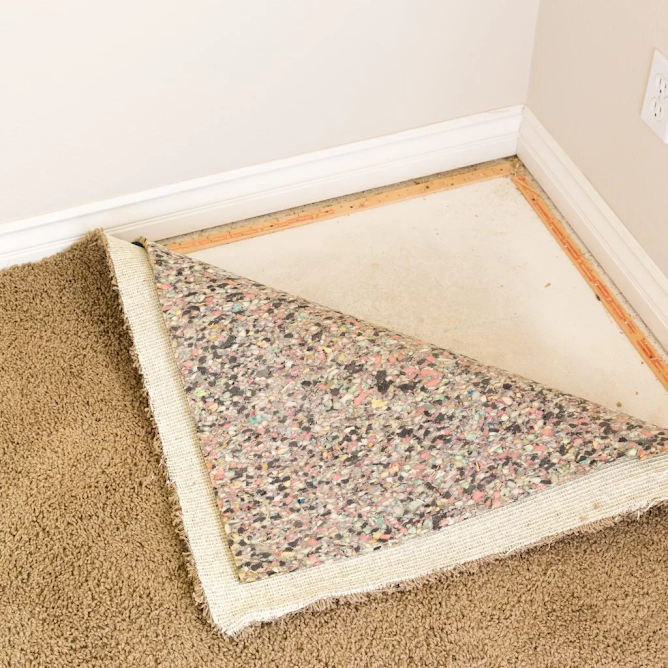How to Install Carpet in Unconventional Spaces: Closets, Basements, and More
Carpet Installation is a versatile flooring option that is available in a variety of styles and textures to match any décor. Whether you want a fluffy, high-pile carpet for added texture or a low-profile carpet that can handle a lot of foot traffic, there are thousands of options available from top brands like Mohawk, Anderson Tuftex and Karastan. However, proper installation is important to ensure a long lifespan and a quality outcome. Here are some tips to help you prepare for your Carpet Installation:
Determine the Type of Carpet You Want
The type and color of carpet you choose will have a major impact on the overall cost of installation. Generally speaking, nylon carpets are the most expensive to install due to their durability and specialized tools required. Polyester is an alternative option that can be less expensive to install but may not be as durable.
Consider the Pile Direction
The way that your carpet fibers are arranged impacts the look of the finished product, as well as how quickly it will dry in the event of a leak or spill. For example, if your carpet has a high pile, the fibers will sit up and appear more vibrant but will take longer to dry than low-pile carpeting. Moreover, the direction that your carpet's fibers are facing will also have an impact on light reflection and can affect how your furniture looks in the space.
Schedule an Estimate
Once you have selected your carpet, it is vital to have the installation work scheduled. This will give you an idea of how long it will take for the work to be completed, and it will also allow you to make arrangements for moving furniture or oversized items out of the installation area. Additionally, if you have any existing flooring that will be installed under the new carpeting, it is a good idea to inspect it before the installation to make sure it is in good condition.
Understand What Carpet Seams Are
Most rooms require more than one piece of carpet, and seams are cut with great precision to ensure that the pattern matches up correctly. The seams are then joined together using seam tape that is steamed in place to create a secure and attractive finish. Professional installers will have the equipment and expertise to properly install seams to minimize the chance that they will come apart or create visible gaps in the future.
Depending on your room size and shape, you may need to add padding to your Carpet Installation . Padding is designed to help cushion the floor and reduce the amount of sound that travels between floors. It is also used to provide a layer of insulation and help with heat retention. Padding can add anywhere from $0.75 to $1.25 per square foot to the total cost of your carpet installation.
Conclusion
The carpet installation process is a complex task that requires a combination of skills and knowledge to produce the desired results. It is highly recommended that you have a professional carpet installation company perform the work, as they will be held to higher standards and are more likely to address any problems that arise immediately.



Comments
Post a Comment